
Some people want to be remembered after they die. Others want to make sure they’re never forgotten.
Why else would country squire and Sussex MP, Jack Fuller, build a stone pyramid 25ft high as his final resting place? Whether you regard it as an outrageous folly or a memorial, it dominates the graveyard of St Thomas’s Church at Brightling, East Sussex.
The Pyramid also says much about the man. Overblown and extravagant, Mad Jack, as he became known, was a man of contrasts.
A country squire with wealth and position, he chose to be buried alongside the people of the village. The follies he built around Brightling may look like fanciful whims, but they provided employment for local people in times of hardship.
Troubled by the hardship and unemployment caused to the villagers by the war with France, he employed them to build a four-mile wall around his estate. The project was started in 1815 and took almost seven years to complete, at a cost of £10,000.
Jack Fuller was born in Brightling, East Sussex, on 20 February 1757. His father died four years later. In 1777 he inherited Rose Hill (which is now known as Brightling Park) from his uncle. While he could afford to be self-indulgent, wealth and position meant little to Jack. When the Prime Minister, Pitt the Younger, offered him a peerage, he said, “I was born Jack Fuller and I’ll die Jack Fuller.”
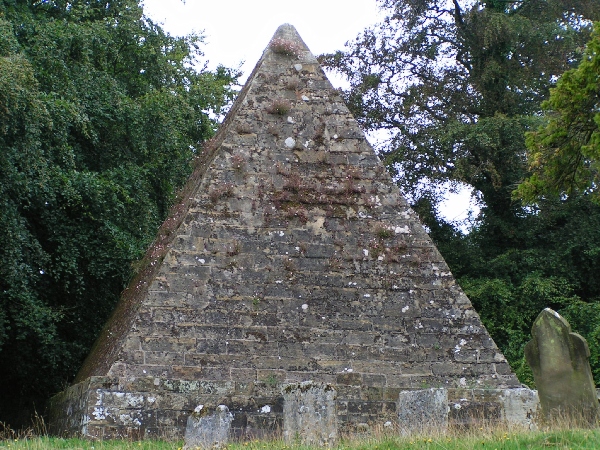
During his time as MP for Lewes, he interrupted a dull debate in the House of Commons to extol the virtues of life in Sussex. He could not be silenced, his booming voice shouting down the protests from his fellow MP’s. As soon as he finished his speech, he left his bewildered colleagues and returned home.
His contempt for tradition led to a stormy debate about a British defeat in the war with France. When his arguments failed to gain support, he became abusive and had to be dragged from the House. He stood down at the next election, preferring to express himself through his love for the countryside and the building of follies.
This may have started when his bragging got the better of him.
He liked to throw musical parties and squander money on women and gambling. On one occasion, he claimed he could see the spire of Dallington Church from the lawn of his estate at Rose Hill. A friend disputed the claim, leading to a large wager. Imagine Jack’s dismay when he returned home to discover he was wrong.
But Jack was not one to be beaten. Determined to win the bet, he called in the local masons, who built a replica of the spire on the horizon in only a few hours. Known as ‘The Sugar Loaf’, the replica was realistic enough to win the wager.
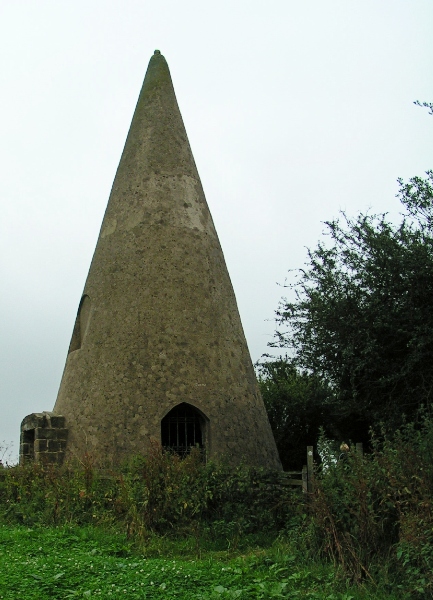
The Rotunda Temple, a circular Grecian building supported by pillars, was built around 1810 in the gardens at Rose Hill. Sir Robert Smirke, the architect responsible for the British Museum and the Royal Mint, designed the Temple, which was ideally situated for taking tea after a stroll round the estate.
But Jack liked to entertain ladies of ill repute in the Rotunda, where he could chase the giggling women around the circular room. Though he enjoyed the company of women, he never married after Susanna Thrale turned down his proposal in 1790.
Smirke was a regular visitor to Rose Hill. He helped Jack design the obelisk which stands on Brightling Beacon, the second-highest point in Sussex, to the north-west of the village. Known as The Needle, this folly could have been built to celebrate Wellington’s victory over Napoleon in 1815.
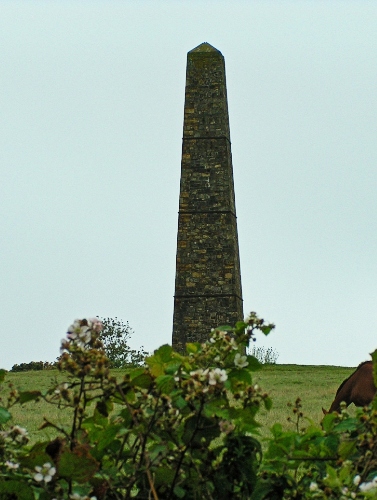
Then again, knowing Jack’s philanthropy, he may have commissioned it to give the villagers work in times of severe unemployment.
Smirke also designed the Observatory to the south west of the village to cater for Jack’s interest in science and astronomy.
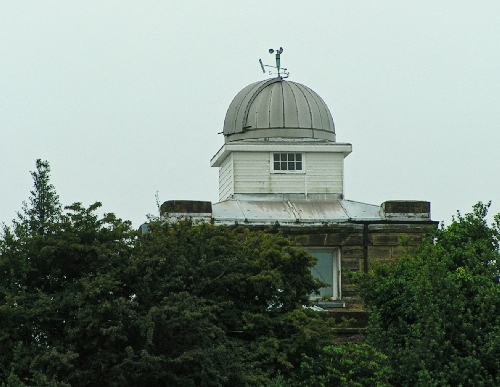
As Jack entered his seventies, Jack turned his attention to the countryside he loved. When he learned that Bodiam Castle was about to be demolished in 1828, he bought it and set about renovating it.
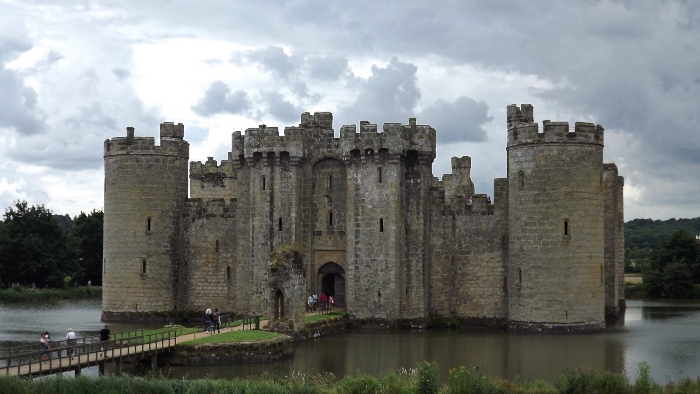
Around the same time, he built The Tower, a folly with a Gothic entrance and battlements. Situated to the east of Brightling, some say it offered the perfect vantage point for him to watch the work being carried out at Bodiam Castle.

In the last few years of his life, he turned his attention to those at sea.
In 1822, he gave Eastbourne its first lifeboat.
In 1828, Jack contributed to the construction of a wooden lighthouse on top of the cliffs between Beachy Head and Birling Gap. It was so successful, a permanent lighthouse, built from Aberdeen granite, was completed in 1832. On the 11th October, the Belle Tout lighthouse came into operation.
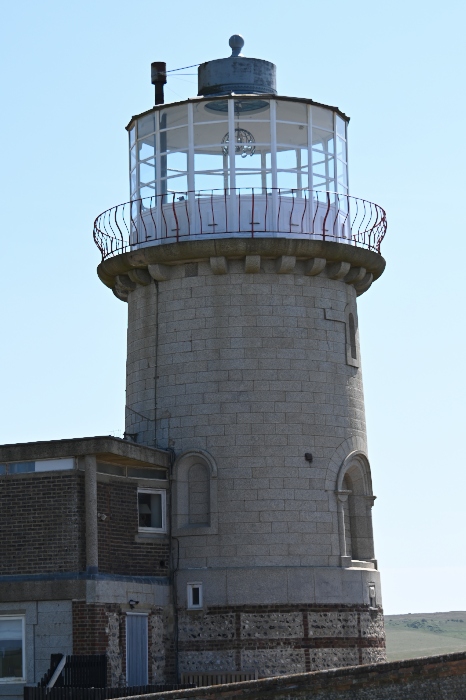
Jack died in 1834, and was interred in The Pyramid in the graveyard of St Thomas’s Church. According to legend, Jack sits at an iron table inside the Pyramid. In full dinner dress and wearing a top hat, he has a meal before him and a glass of claret in one hand.
While the truth is more mundane, with Jack interred below the floor of his pyramid, the legend reflects his standing as an extravagant country squire, who also cared deeply about the people and countryside where he lived.
